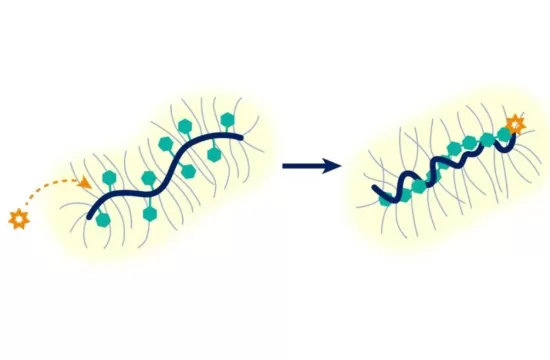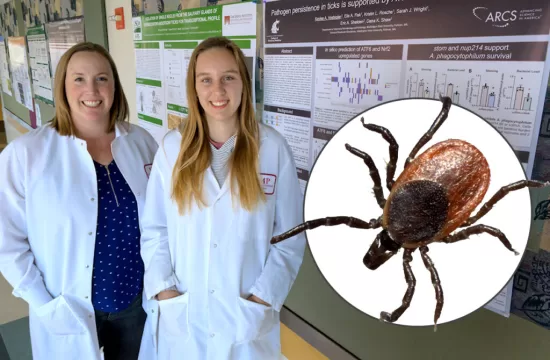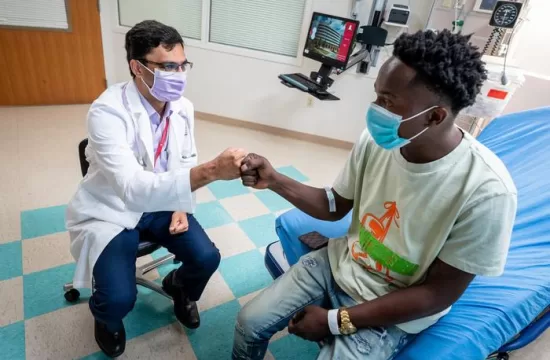Singapore– Nearly 3,000 people have a sudden cardiac arrest every year in Singapore and about 30 per cent of these occur in public places rather than at home. Yet, women are less likely than men to receive lifesaving cardiopulmonary resuscitation (CPR) from a bystander in a public location, Duke-NUS Medical School researchers have found.
Outside a hospital setting, bystander CPR is one of the earliest possible treatments that an out-of-hospital cardiac arrest (OHCA) victim can receive, which significantly improves their survival chances and long-term health-related quality of life. However, the rate of bystander CPR is low in many communities around the world and is further constrained when bystanders respond to OHCA victims based on their gender.

“CPR by a layperson who witnesses the event is important to the timely treatment of OHCA,” said Associate Professor Liu Nan, principal investigator of the study from the Pre-hospital & Emergency Research Centre (PERC) and Health Services & Systems Research (HSSR) Programme at Duke-NUS Medical School.
“In contrast to trained personnel, laypersons may sometimes be reluctant to provide bystander CPR due to various reasons, such as emotional stress, low confidence in their ability to recognise cardiac arrest or perform CPR, concerns about causing injury to the patient and fear of accusations of sexual misconduct if the victim is female.”
While there has been prior research on gender disparities in bystander CPR recipients, these studies were based in individual countries, such as the United States, Japan and the Netherlands, and none were conducted in a cross-national setting.
To find out whether gender disparity has affected the performance of bystander CPR on OHCA victims, Assoc Prof Liu and colleagues analysed data from over 56,000 OHCA cases across nine Asian communities between 2009 and 2018, including diverse ethnicities, socio-cultural backgrounds and emergency medical services systems-of-care.
“While our study findings are similar to the findings in some European and American studies, interestingly, we observed that when women suffered a cardiac arrest at home or in private places, their chances of receiving layperson bystander CPR increased considerably without consideration to the gender of the bystander providing CPR,” said Assistant Professor Fahad Javaid Siddiqui, lead epidemiologist of the study from PERC and HSSR.
Across these nine Asian communities, the overall bystander CPR rate was 36.2 per cent. In public locations, the bystander CPR rates were 31.2 per cent for females and 36.4 per cent for males, while at home, the rates were 38.3 per cent for females and 35.1 per cent for males.
“While this may not seem like a huge difference in percentages for both instances, these differences were statistically significant and impact the lives of many in the bigger picture,” said Dr Ning Yilin, the study’s lead biostatistician and a research fellow with the HSSR Programme and the Centre for Quantitative Medicine. “However, it was surprising to note that when at home, men would be at a higher risk of not receiving bystander CPR if they were to suffer from an OHCA.”
The study also suggested three previously identified themes regarding why women were less likely to receive bystander CPR. These were the sexualisation of women’s bodies, the perception that women are frail and prone to injury, and misconceptions about women in acute medical distress.
“Such findings highlight the need for both men and women to receive bystander CPR training and address barriers to performing CPR on strangers of a different gender as part of the training,” said Professor Marcus Ong, senior author of the study and Director of the HSSR Programme. Prof Ong is also a Senior Consultant at the Department of Emergency Medicine at Singapore General Hospital.
“As equity in receiving care has always been an important issue in medicine and public health, we hope that our study can provide evidence for future public policy initiatives and the development of public bystander CPR training programs tailored to the needs of communities with diverse ethnic and cultural backgrounds.”
Professor Patrick Casey, Senior Vice-Dean for Research at Duke-NUS, said, “As the mortality rate of OHCA continues to remain at a high, it is of utmost importance to continue seeking ways that will improve survival rates, especially for women. This study by Liu Nan and his team will pave the path for health services research that focuses on emergency care—like what is done at PERC—to understand how we can surmount this challenge.”
Looking forward, the research team hopes to collect more detailed information, such as the gender of the bystanders, that will help to improve their future analyses.
“It would also be interesting to explore whether telephone-assisted bystander CPR would be useful in addressing the issue of gender disparity,” said Assoc Prof Liu.







